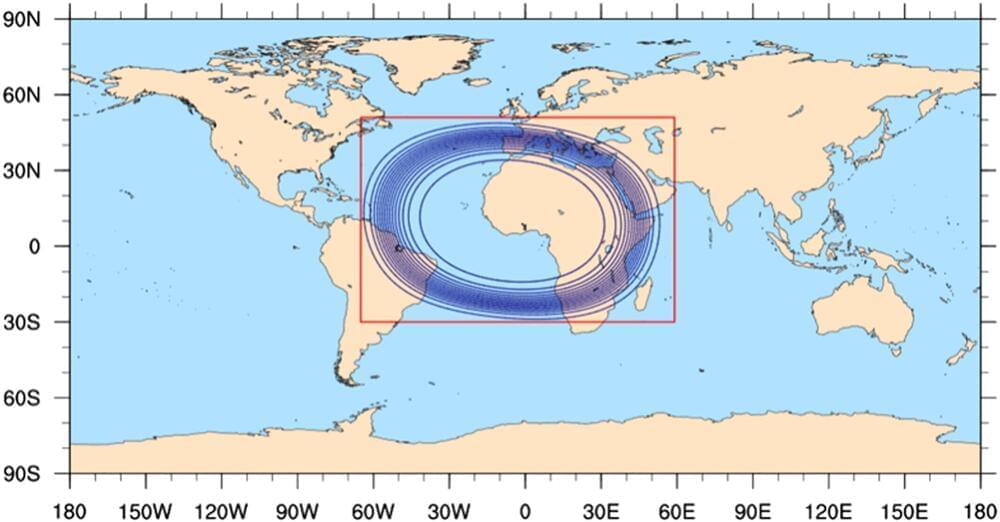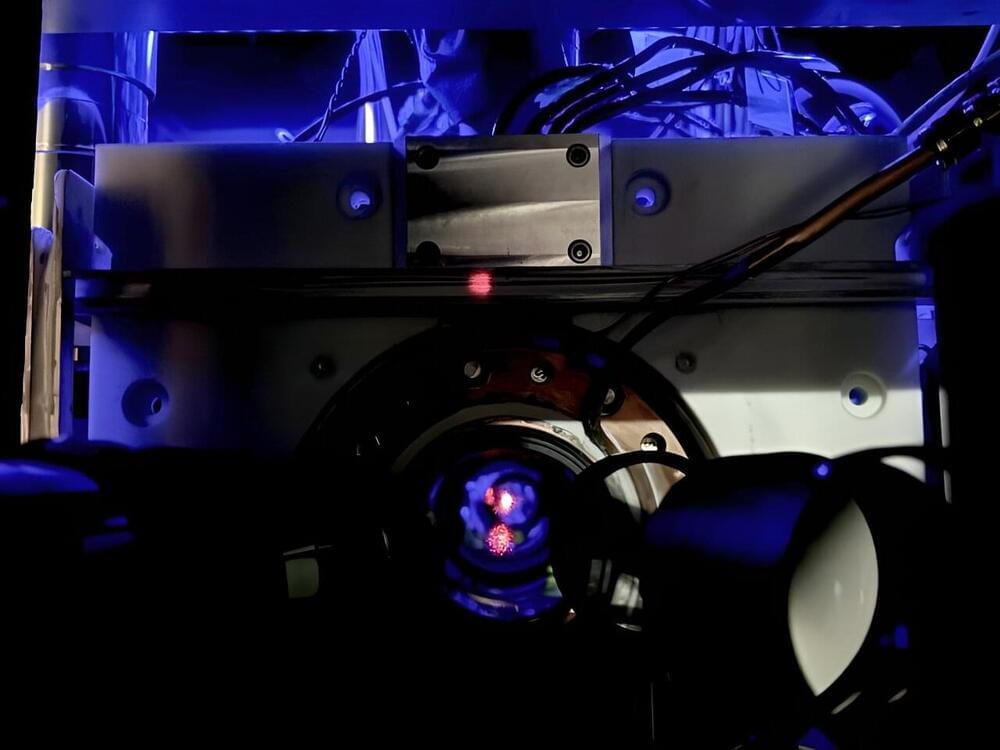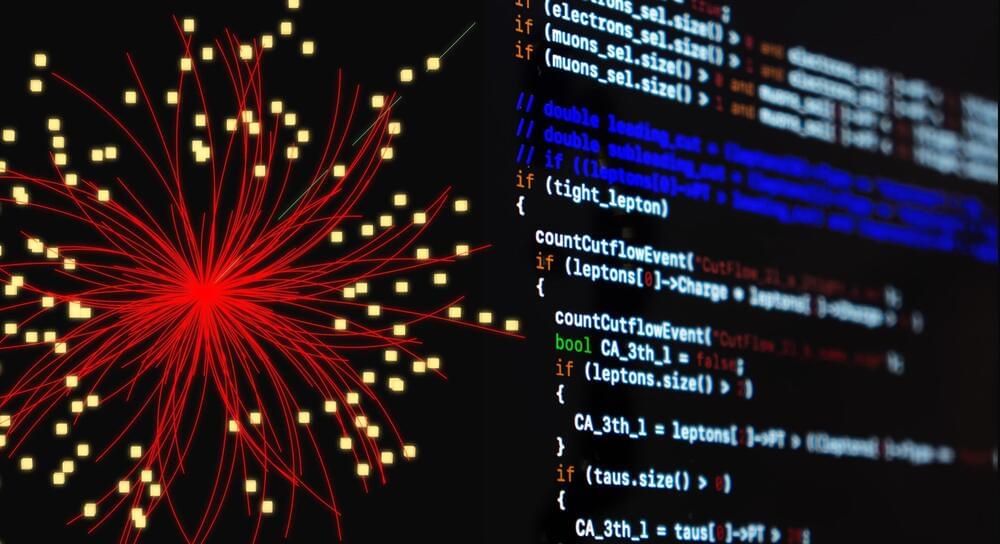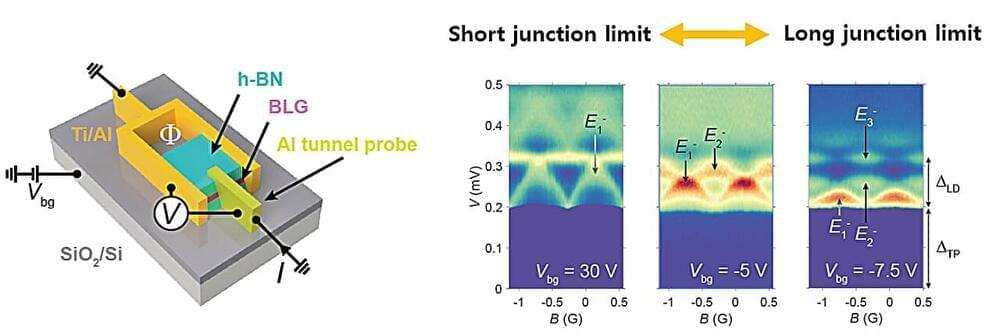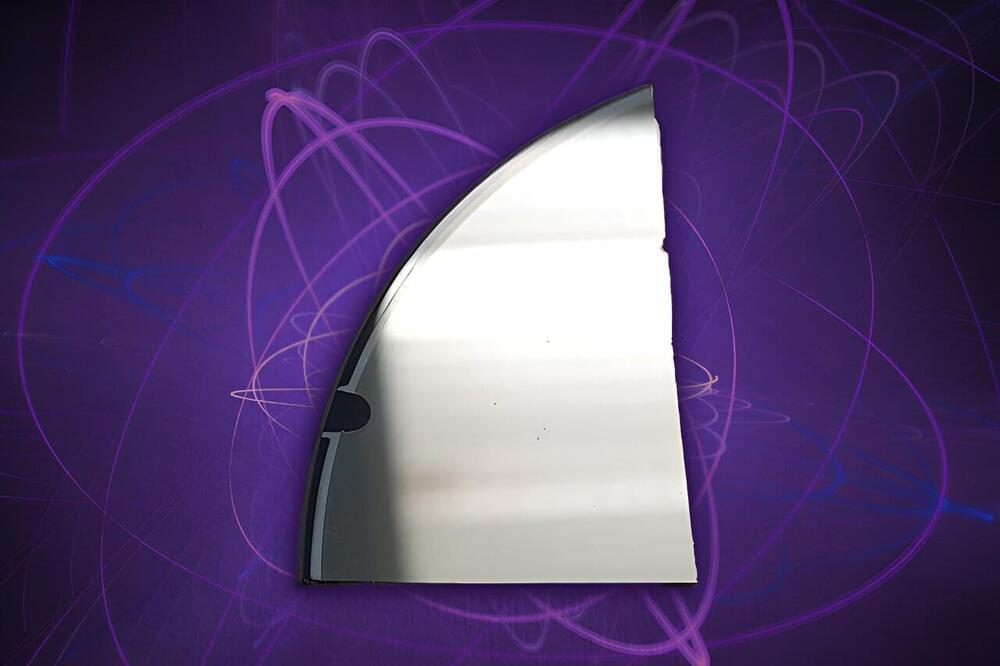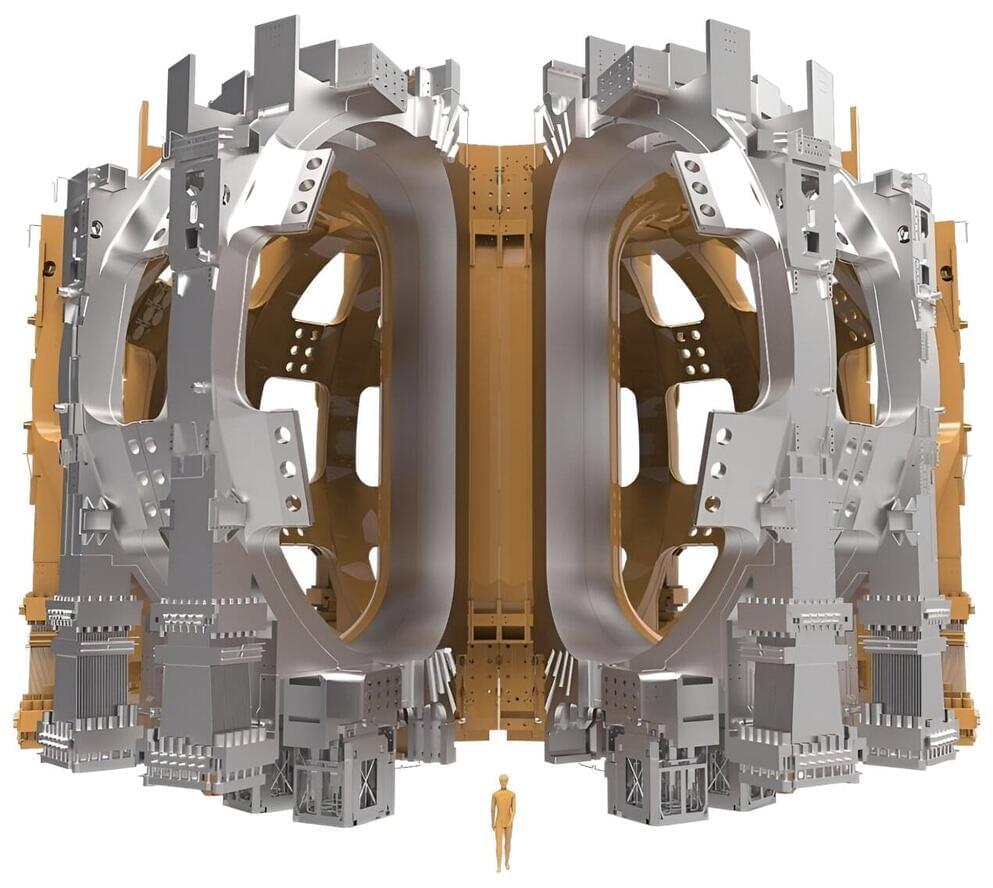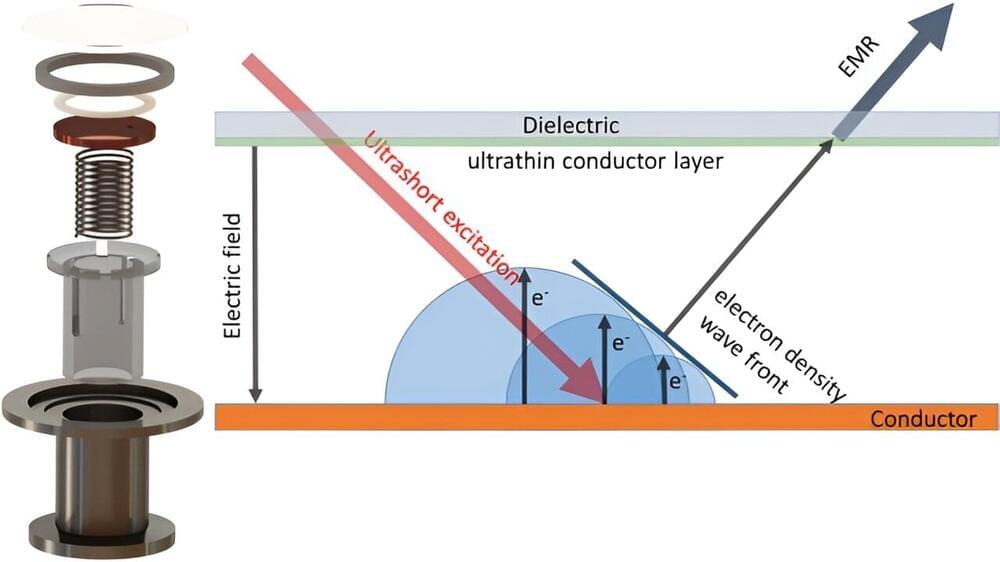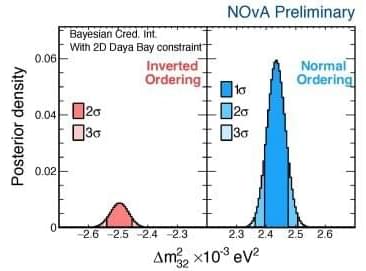Jul 1, 2024
Increased atmospheric moisture may dampen the ‘seeds’ of hurricanes
Posted by Saúl Morales Rodriguéz in categories: climatology, innovation
Increased atmospheric moisture may alter critical weather patterns over Africa, making it more difficult for the predecessors of many Atlantic hurricanes to form, according to a new study published this month. The work is published in the Journal of Advances in Modeling Earth Systems.
The research team, led by scientists from the U.S. National Science Foundation National Center for Atmospheric Research (NSF NCAR), used an innovative model that allows for higher-resolution simulations of hurricane formation than ever before. This allowed researchers to study the effects of increased regional moisture over Africa, which is the birthplace of weather systems that later produce hurricanes over the Atlantic.
Past research has suggested that warmer ocean water and a moister atmosphere could cause hurricanes to become more intense with greater amounts of rainfall. But how atmospheric moisture, which is predicted to increase in a warming climate, may be impacting hurricane formation itself has not been studied in detail until now.
